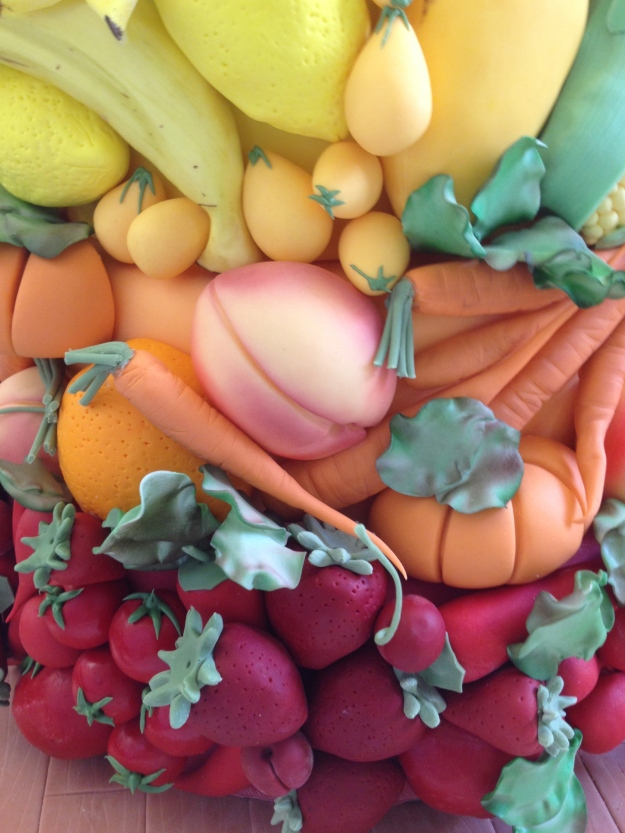Sugar, sugar….oh, honey, honey…..(anyone else hear the Archie’s song?) Here’s the link to help you get in the mood. http://youtu.be/h9nE2spOw_o
Another of our How Baking Works lessons focuses on sweeteners, where we examine different classes of sugars: crystalline, syrups and specialty sweeteners. Crystalline sugars encompass everything from granulated sugar, to brown sugar and powdered sugar, as well as Demerara, Turbinado and Muscavado. For syrups, we include corn syrup, glucose, molasses, honey and of course (my favorite!) maple syrup. Specialty sweeteners comprise a variety of products including high intensity sweeteners (such as Splenda and Stevia), dextrose and isomalt .
And yes, we taste them ALL! You would be surprised at the different flavors that these sweeteners impart.
In addition to identification and tasting, we also conduct a few basic experiments. One experiment explores the functions of sugar by adjusting the amount of this ingredient in a basic pound cake. We bake a control pound cake using the correct amount of sugar (100%) and then we bake other pound cakes (the variables) using the following percentages of the correct amount: 0%, 25%, 50%, 150% and 200%. This experiment proves some of the functions of sugar. In addition to the obvious function of “sweetening,” granulated sugar also: provides tenderness, moistness, aids in leavening and provides color (caramelization). And yes, we tasted all of these too!

Here’s a comparison of cakes made just with Splenda or Stevia, and cakes made with a 50/50 blend of sugar and one of these artificial sweeteners.
For this experiment with “high-intensity” sweeteners. We made the pound cakes with either Splenda or Stevia, and then with a 50/50 blend of Splenda/granulated sugar or Stevia/granulated sugar. Our findings here proved that high-intensity (or artificial) sweeteners can only provide “sweetness” to a product. When used as the sole sugar replacement, none of the other functions existed. Note: no color, tenderness, moistness or leavening. Of course, we tasted them and concluded that the blends were much more appetizing.
Another experiment explored the functions of sugars in relation to the baking of cookies. For this project, we made cookies with 0% sugar, 100% sugar (the correct one) and 200% sugar. You can see here how the amount of sugar affects the caramelization, texture and the spread of the cookie. Taste? Yes, you guessed it! Hmm…..by this time, as you can imagine, we are all pretty tired of sweets! (Education and learning require perseverance!)
So, did you know that sugar has functions other than sweetening?
















